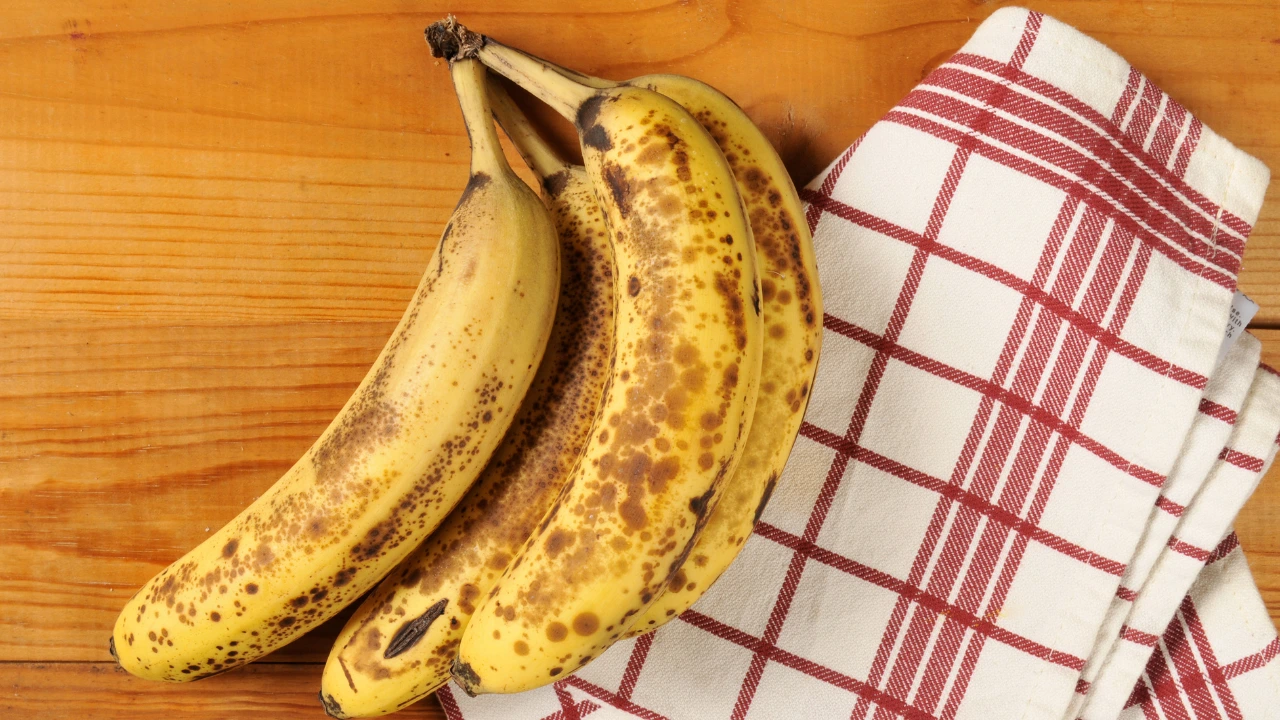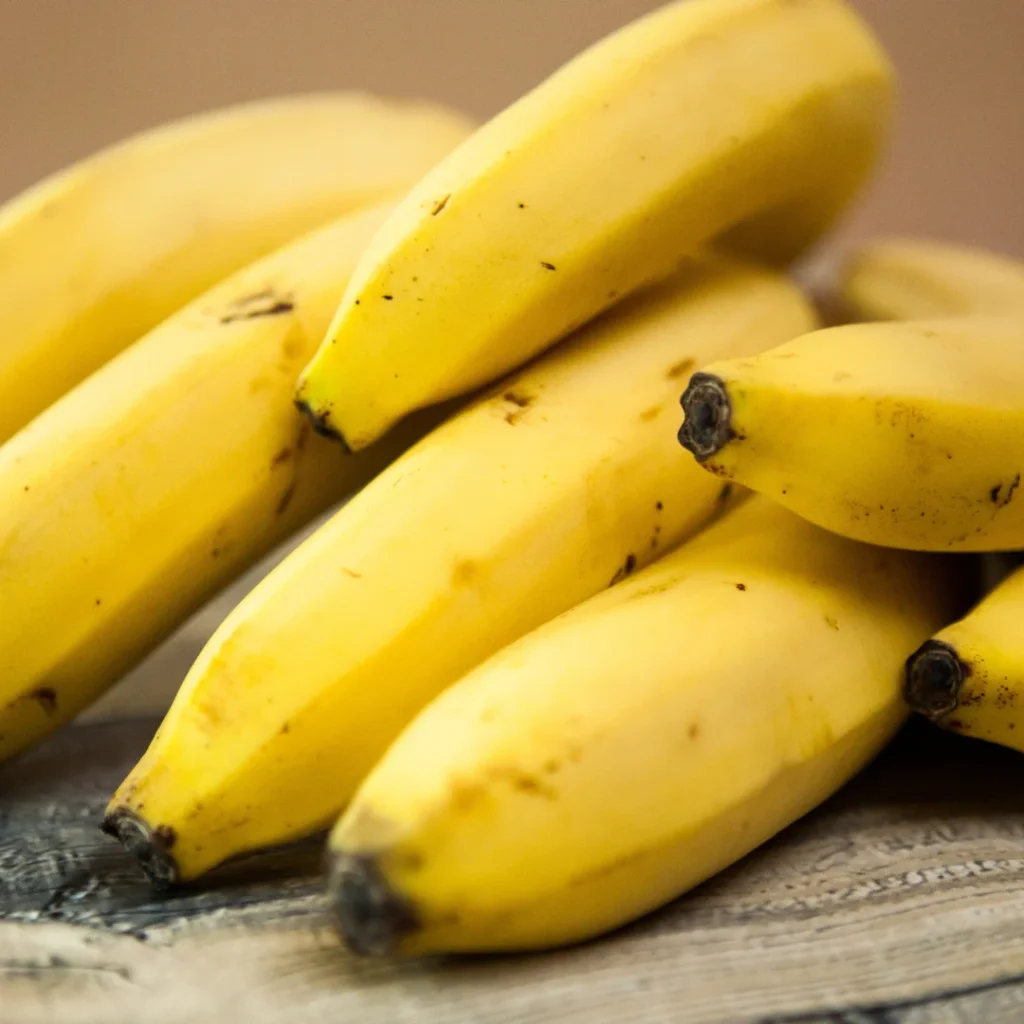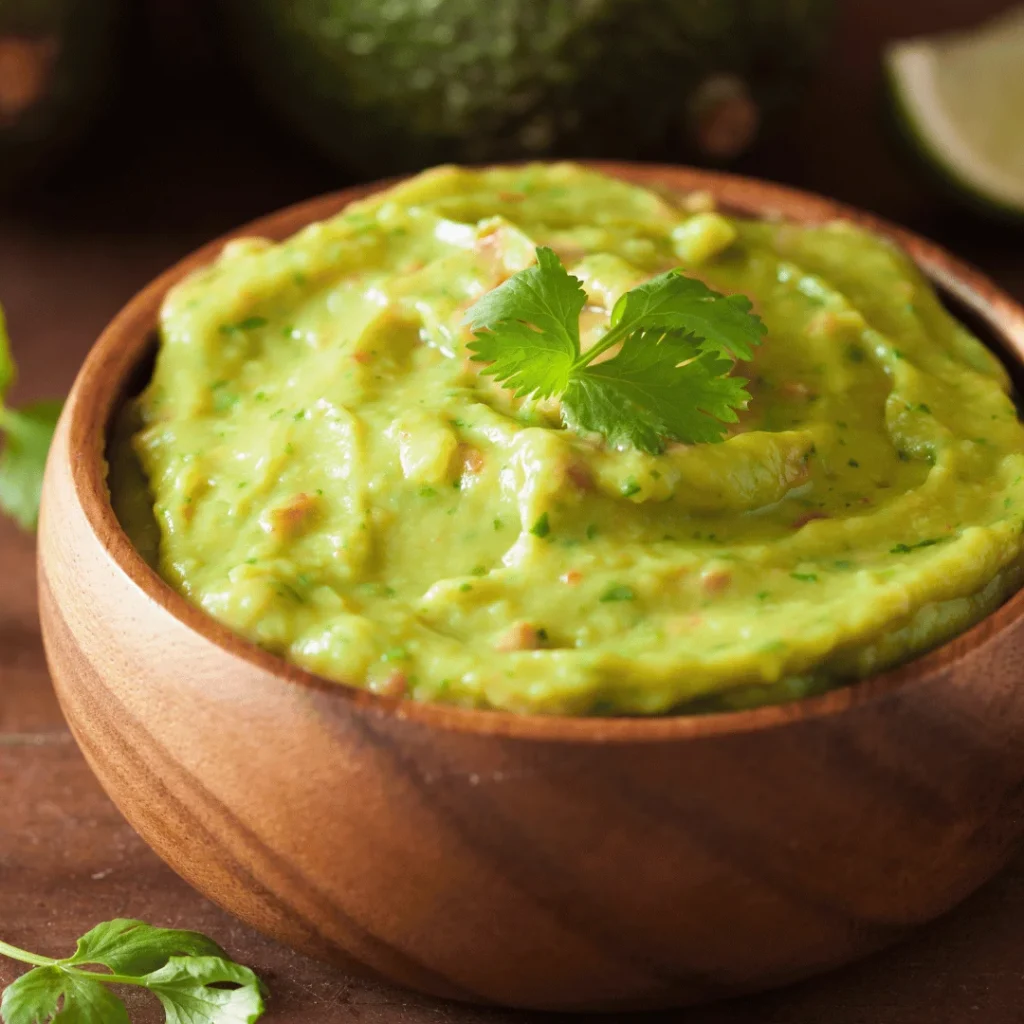
IN THIS ARTICLE
- Are bananas good for babies?
- Can babies be allergic to bananas?
- How to serve babies banana
- How to Prepare Bananas for Baby
- What to Mix with Banana Baby Food
- Banana by ages
You can give babies/kid mashed banana as soon as they start eating solid foods, usually around 6 months. Banana are a popular first food for a reason – their natural sweetness makes them a favorite for babies while their versatility offers a perfect grab-and-go snack option.
Are bananas good for babies?
Yes. Banana are a good source of potassium, vitamins B6 and C, fiber, and magnesium. Because of this combination, as well being easy to prepare, convenient to carry, and tasty, they’re considered one of the best first foods for babies which will help them to proceed with others new foods.
Although berries and leafy green vegetables might get all the attention for their antioxidant properties, banana actually contain more. This is helpful for babies because antioxidants can boost brain health while helping with tissue repair and also development of the baby.
Another plus is that banana have been shown to decrease constipation and help with digestion – as long as they’re ripe. As banana ripen, the amount of digestible fiber in them increases, which can help with baby constipation and aid in digestion. On the other hand, less ripe bananas (more green in color which you need to takecare) have more undigestible starches, which can be constipating or make your baby’s poop firmer. Also fill your baby tummy with gas.
A heads up if you haven’t fed your baby bananas before: Some of the undigested material from bananas can show up as black flecks or black “strings” in your baby’s poop. This is common and harmless; it’s simply the center part of the banana.
Can babies be allergic to bananas?
Although some allergic reactions to bananas have been reported, it’s rare to be allergic to the fruit, and it isn’t considered a common allergen. Need to be careful because your baby is unique all the time.
That said, bananas may be a trigger if your baby has food protein-induced enterocolitis syndrome, a type of gastrointestinal food allergy that affects mainly babies and young children. If your baby tends to throw up or have diarrhea soon after eating a particular food like soy or grains, talk to your pediatrician.
And it never hurts to be aware of the symptoms of a food allergy. Some symptoms include hives, itchy skin rashes, swelling, nausea, vomiting, and diarrhea. If you notice any of these symptoms in your baby after eating food, let their doctor know. If your baby has symptom that involve multiple parts of the body (such as hives with vomiting or diarrhea), it could be an anaphylactic reaction.
Other signs of an anaphylactic reaction are throat tightness, breathing problems, wheezing, lightheaded, and loss of consciousness. If your baby shows signs of an anaphylactic reaction, call emergency number or go to an emergency room immediately.
When introducing a potentially allergenic food, experts recommend giving it to your baby at home, rather than at daycare or a restaurant. Serve it for three to five days before offering another new food. That way you can monitor your baby for a reaction and know what’s likely causing it.
Solid foods
How to serve babies banana
You can offer your baby slices of banana or mash up the fruit and serve it on a spoon. Banana also pair well with other soft fruits in a fruit salad, to give your baby a range of flavor and texture options. They’re also great blended into a smoothie with other fruits and yogurt.
Like avocados, bananas are easy to serve because there’s no cooking or pureeing required – just mash with a fork and you’re good to go.
Once your baby is older and eating finger foods, you can add mashed banana to pancake batter and make small pancakes that your baby can pick up and eat. Or try mashing up a banana and serving it on bite-size pieces of toast.
If you’re trying baby-led weaning, banana are a common first food. Try giving your baby spears of ripe banana that they can pick up and gnaw on, but make sure the banana is ripe enough that your baby can easily mash it between their tongue and the roof of their mouth.
How to Prepare Bananas for Baby
There are a handful of ways to offer fresh bananas to baby depending on baby’s age and your comfort level with the style of feeding you’re doing. You can serve bananas to baby in the following ways:
- Banana puree
- Big piece of banana as a baby-led weaning food
- Broken or cut into small pieces as a finger food
- Mashed and stirred into oatmeal, baby cereal, yogurt, or another puree
- Baked into muffins, banana pancakes, or another baked good
- Blended into a smoothie
What to Mix with Banana Baby Food
You can use banana puree or mashed banana to make a wide range of baby food combinations. Some of my favorite purees and foods to mix banana with are:
- Peanut Butter Puree
- Plain whole-milk yogurt
- Baby Oatmeal
- Baby Rice Cereal
- Avocado Puree
- Mango Puree
Banana by ages
Bananas for 6-Month-Old
For a 6- to 9-month-old baby, you can offer banana as puree, mashed smooth (or mostly smooth) with a fork, or baby-led weaning style as a large piece.
You can do one option or try more than one. There’s no one right way to start solids.
Bananas for 9-Month-Old
At 9 months old, babies can typically eat soft finger foods including bananas. You can dice them up, or try slicing, then pushing a little to break into their natural segments. This is usually less slippery for baby to pick up with their fingers.
Bananas for 12+ Months
Over about a year of age, or when baby can take bites and manage larger pieces of food, you can serve banana almost any way. We love to slice them with the peel on, then cut a little slit in the peel and let the kids peel them on their own.
That small amount of engagement with the food can really help a child become interested in it. Give them a place to put the peels, like a little bowl, too.








Add a Comment